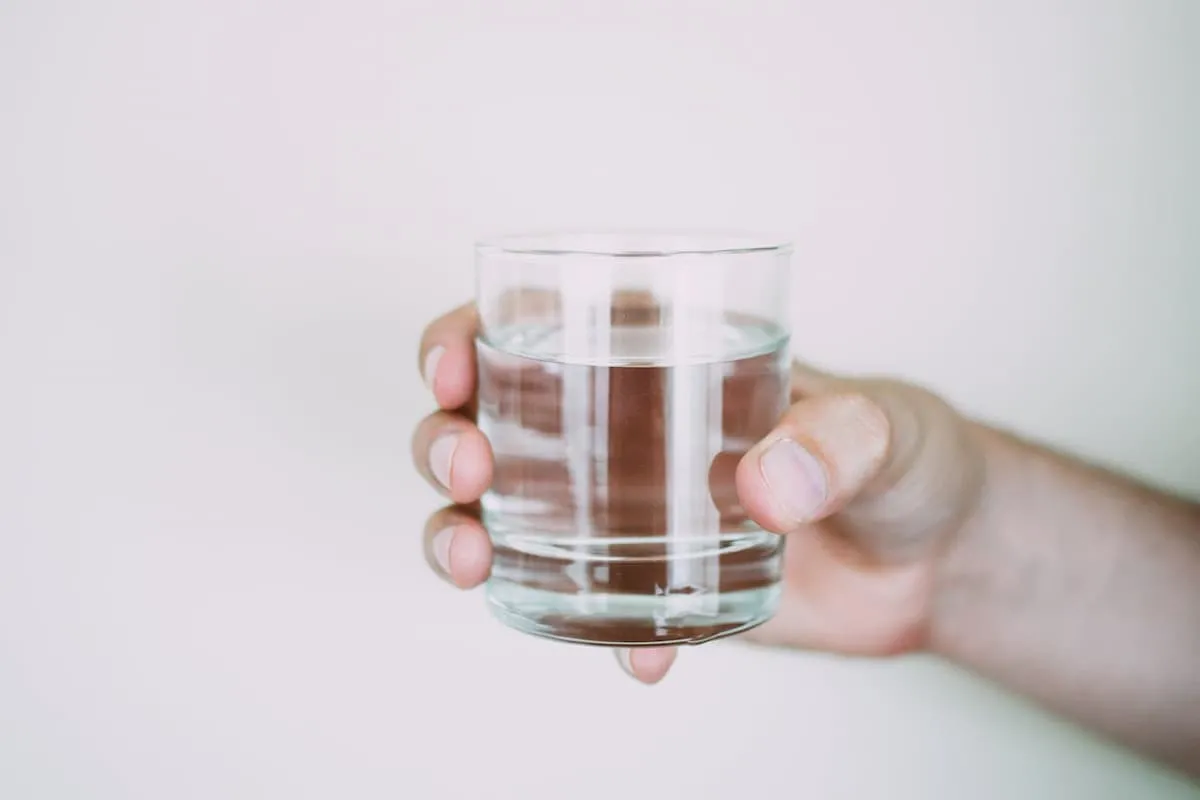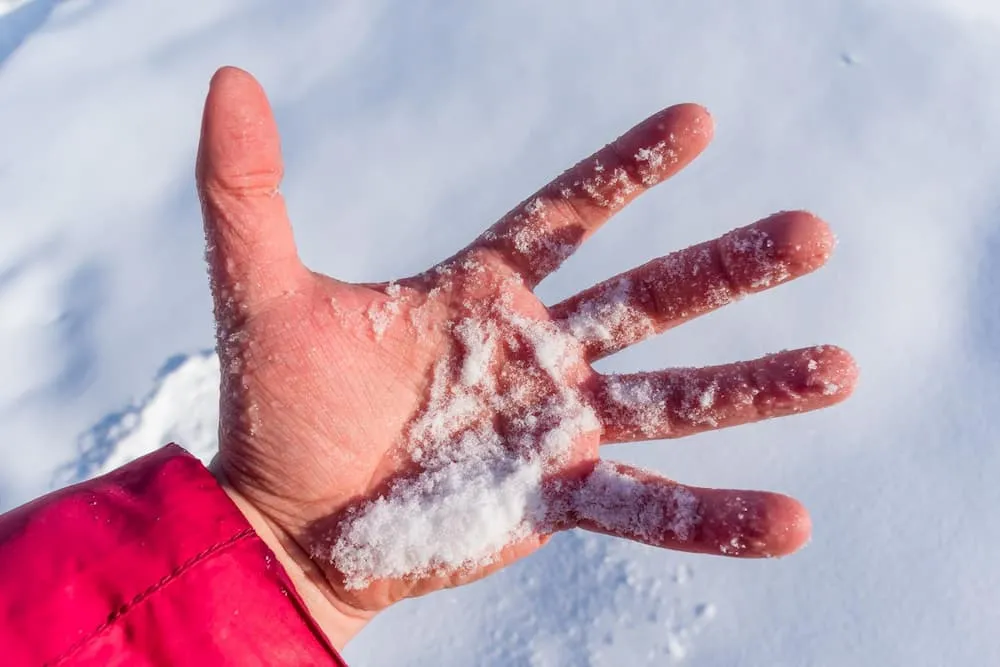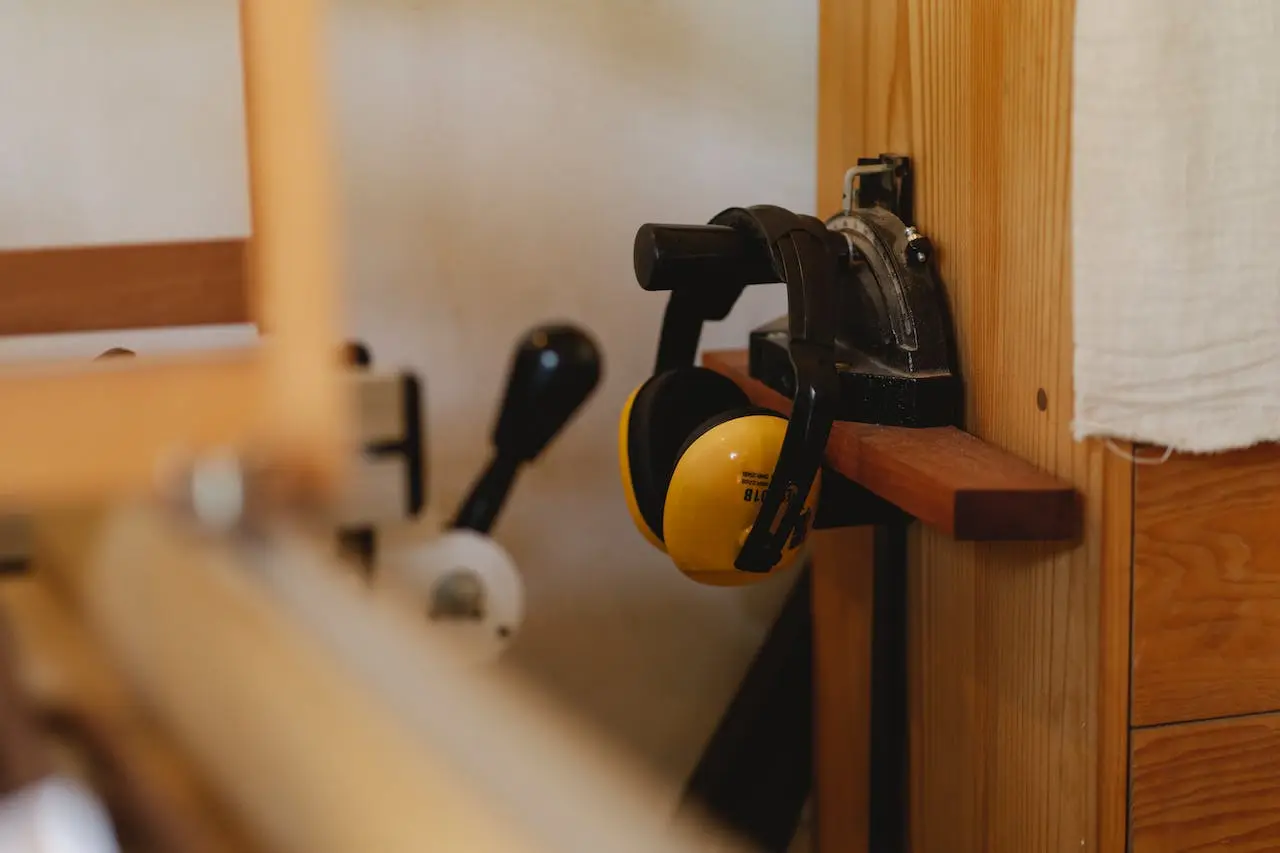Protection from the cold and heat to which hands are exposed in the food, chemical, metallurgical, glass or ceramic industries? This is where only heat-resistant gloves are suitable. Providing protection where there is a risk of burning or cooling of the upper extremities, heat-resistant gloves are definitely one of the most important groups of personal protective equipment. What standards should they meet and what are the main advantages of heat-resistant gloves?
Heat-resistant gloves - protection against heat and cold
Work in conditions that expose the hands to burns requires the use of appropriate work gloves, providing not only high working comfort, but above all resistance to dangerous external factors. According to the EN 407 standard, such gloves are heat-resistant gloves, providing adequate protection against high temperatures. Although in the occupational safety and health industry both cold-resistant gloves and heat-resistant gloves are referred to as heat-resistant gloves, it is always necessary to pay attention to the standard with which they comply - because the materials from which such gloves are made only allow resistance in one of the extremes. Thus, in order for gloves to be successfully used in the confectionery industry, metal industries or various research laboratories, it is necessary for them to be marked with the EN 407 standard.
As for low temperatures, which can cause chilling or frostbite of the hands, heat-resistant gloves used for protection against them should comply and be tested in accordance with the assumptions of EN 511. It is worth adding at this point that such gloves are also an excellent protection for workers performing their work outside in autumn and winter - although their hands are not in direct contact with cold objects, their hands still require adequate thermal protection.
Features of heat-resistant gloves
As for resistance to positive temperatures, modern heat-resistant gloves can protect hands from temperatures ranging from +50°C to +500°C. Various types of fabrics and knits made of Kevlar, Nomex, Preox or Basofil are used in their manufacture. In addition, cotton yarn, specially impregnated wool, heat-treated leathers, glass fiber fabrics and aramid fiber fabrics are also used in production. The protective properties here will, of course, depend on the type of yarn used, the type of weave or the number of layers of materials used. As already noted, heat-resistant gloves here must meet the EN 407 standard. In addition, however, the EN 420 standard, which defines the general conditions and requirements for protective gloves, and the EN 388 standard, which guarantees the resistance of gloves to mechanical damage, should also appear on their list.
Among the advantages of insulated gloves set for positive temperatures should appear protection in case of contact with flame, resistance to contact and convective heat, resistance to radiant heat, resistance to small splashes of molten metal and resistance to large amounts of molten metal. On each of these parameters, 4 levels of effectiveness are specified, which should also be clearly marked on the packaging, as these will determine the suitability of the gloves in a particular working environment.
A separate and equally popular species of heat-resistant gloves are also, of course, gloves that protect against the cold, so all kinds of insulated gloves. Here, they primarily use denim material with an inner insulating layer, acrylic yarn further reinforced with leather, as well as latex, neoprene and PVC. Their properties are defined in the EN 511 standard - gloves complying with it can protect against contact and convection cold up to -50°C. The use of gloves that protect against cold and insulated gloves is necessary for work in conditions that expose the worker to low temperatures from the air or contact with cold surfaces.
Application of heat-resistant gloves
Thermal gloves, whose purpose is to protect against harmful hot agents, are commonly used in the metallurgical industry and manufacturing plants, in plastics processing and laboratories, as well as in the food industry for heat treatment of food products. Examples of this type of gloves include the 250°C HOT RESISTANT KEVLAR Gloves with Cuff.
In the case of insulated gloves here the applications are very wide. Such gloves can, of course, be used for work in cold stores, production halls and industries operating with low temperatures, but very often they also become equipment for workers who are often outside and exposed to low temperatures from the air. Here, then, a good example would be the Siberia Cold Store A750 PORTWEST insulated gloves, or the ISSA Cattle Leather Protective Gloves.






